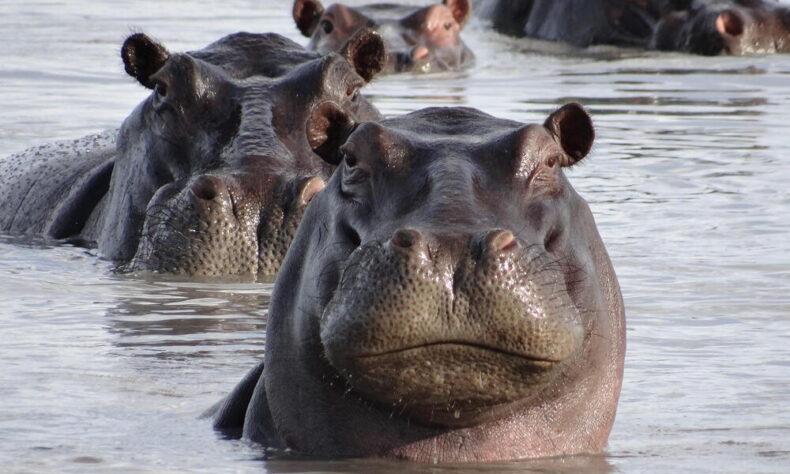Appendix II already lists hippos as a species

The addition of hippos to the list of species that are most at risk of extinction has come under fire. Numerous animals around the world are on the list of endangered species and are in urgent need of preservation and conservation efforts due to human activities and the worsening effects of climate change.
Appendix II already lists hippos as a species. There are species listed in Appendix II that are not necessarily endangered. However, they might be if authorities do not regulate their line of work.
In sub-Saharan Africa, lakes and rivers are home to semi-aquatic mammals, which have a population of 115,000–130,000. They face threats from habitat loss and degradation, the results of global warming, and the trafficking in animal parts, including their teeth, and ivory, which is found there. In accordance with Cites, the Convention on International Trade in Endangered Species of Wild Fauna and Flora, hippos are also legally traded as hunting trophies and for economic gain.
Ten west African nations, including Togo, Gabon, and Mali, have recommended that hippos be accorded the highest level of protection under Cites by being listed under appendix I of the convention before the next Cites Cop in Panama in November of this year.
In order to prevent the extinction of the species, if passed, it would result in a complete international prohibition on the trading of hippo body parts and ivory. From 2009 to 2018, it is believed that at least 77,579 hippo parts and goods were exchanged legally.
One of the biggest terrestrial creatures in the world, male hippopotamuses can weigh up to 1,800 kg and are frequently found in big herds. The animals are especially prone to overexploitation because of their lengthy eight-month gestation periods and the fact that females don’t reach sexual maturity until they are nine or ten years old.
Hippos have been neglected as a species of conservation concern, according to Rebecca Lewison, co-chair of the IUCN SSC hippo specialist group, because of their high population densities, which can create the appearance that there are many of them in the wild. However, during the past 20 years, the population have significantly decreased.
“Hippopotamus habitat loss and degradation pose the biggest concern. Common hippos must have access to fresh water to exist, which frequently puts them at odds with nearby communities who also use it for agriculture, energy production, fishing, and residential construction, according to the expert.













